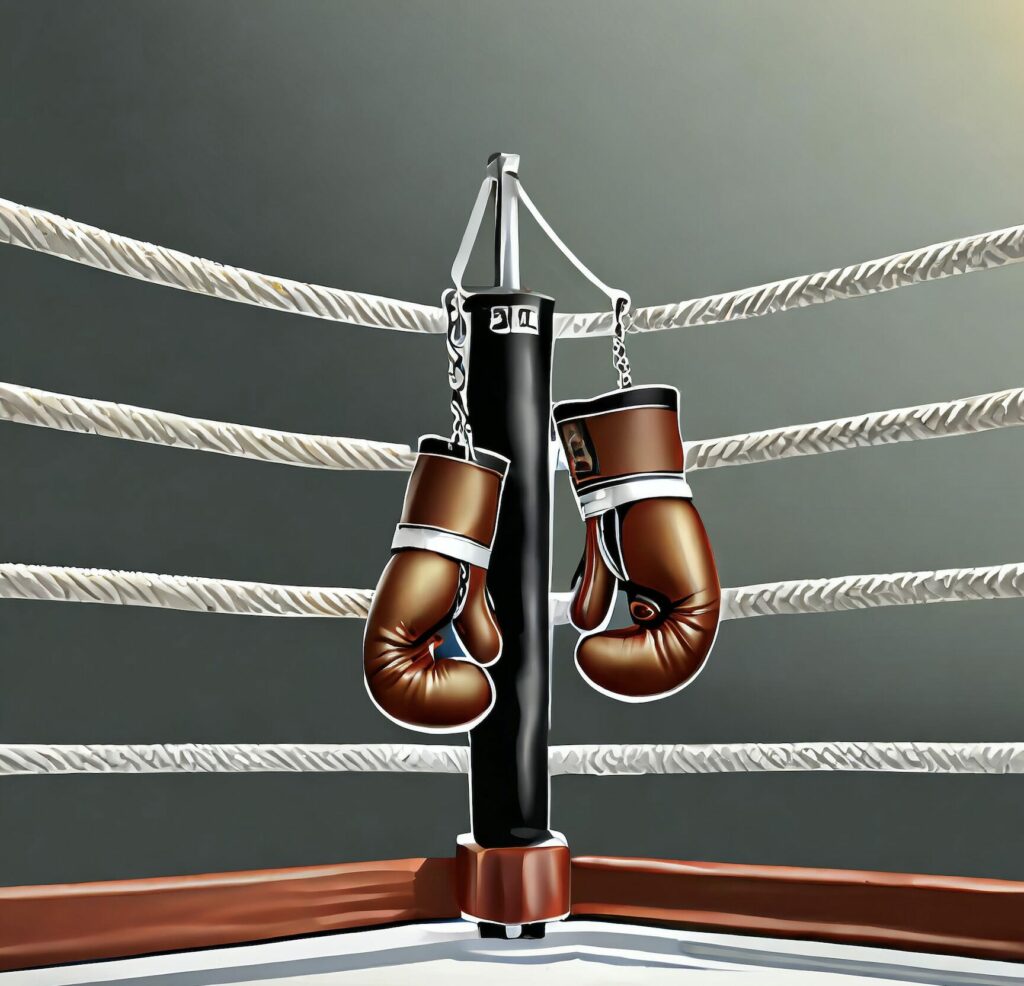By The American Contemporary
The age-old proverb, ‘Birds of a feather flock together’, speaks truth to a fundamental and natural aspect of the human condition. That is, people across cultures and time have tended to associate preferentially with those who share similarities to one’s own viewpoints, beliefs, and cultures. Of course that is not to assume that these individuals are hostile to others, but rather find comfort and simplicity in those with whom they share common interests. This is the basis for the formation of nations, governments, and even friend groups. For example, if you were an avid mountain climber, it would stand to reason that you would find it easier to grow close with others who share that passion, as they could join your climbs or relate to your experiences. Of course nothing precludes friendships with non-climbers, however the closer you are to another, the more likely you are to want to associate with that person (speaking generally of course). Thus, it stands to reason that the same mentality would extend to politics.
Political parties are collective groups of organized people sharing similar interests. Though the specific experiences, viewpoints, and nuanced details differ amongst individuals, the collective conceptual basis that unifies them supersedes the less critical details which divide them. In the United States, the two major political parties of note are the Democratic Party (often referred to as the liberal party) and the GOP (often called the republican or conservative party). Though it is natural to associate with one’s “team” so to speak, a disturbing trend of polarization has been developing over the past 50 years within the United States, and truly the world as a whole, the result of which has led to a hostile and contemptuous state of governance and policy in western republican states. Within this essay, we will introduce some of the concepts around the current political landscape as it relates to polarization, discuss its dangers and ramifications, and finally, relate it to political foundationalism to discuss potential impacts.
First, it would be prudent to define what polarization is fundamentally. American Heritage Dictionary defines polarization (in the political sense of the word and not the scientific phenomenon) as, “A division into two conflicting or contrasting groups”. More aptly put, polarization refers to the establishment of division between two or more groups of people, and in American politics this division generally occurs between party lines (Republicans versus Democrats). While many pundits, commentators, and researchers place the bulk of the blame for this increased trend of division in the hands of technology and communication advancements, recent research suggests that this may not be the whole story. It is true that as technology has improved, the spread of ideas and communication has allowed many individuals with extreme or dynamic viewpoints to access platforms to spread their messages, however popular or unpopular they may be. However, the majority of Americans generally hold relatively moderate viewpoints on most political issues. That is not to say that these individuals are not passionate about their beliefs, or don’t have an idea of what is best for the country. Instead, most individuals recognize that living with others who have differing lifestyles and viewpoints necessitates compromise on certain topics between the two viewpoints.
The issue of polarization in recent years is more rooted in a concept known as “affective polarization”. This is not polarization between ideas or policies (a complete abortion ban versus allowing abortion to birth, for example), but rather one group’s opinion of the members of the other side of the isle. Much like a prejudicial preconception, more and more individuals from both sides of the spectrum consistently view members of the opposing party as hostile, stupid, or otherwise lesser. This trend, which has been growing since the 1970s, has been observed in a wide range of democratic republics, including the U.K., Canada, Australia, New Zealand, Germany, Switzerland, Norway, Sweden, and of course the USA. According to one study, the average negative sentiment of a member of the opposing political party has been growing by an average of 4.8 points per decade. In 2016, Americans on average tended to rate members of their own party 45.9 points higher than members of the opposite party, regardless of their platform, beliefs, or opinions.
There are a vast multitude of reasons as to why affective polarization has increased over the past half century, extending beyond the aforementioned technological boom. One major consideration is the growth of stereotypical prejudices surrounding both parties based on behaviors of the extreme fringe. While it is undeniable that both ends of the political spectrum represent the most extreme viewpoints (traditional communism and traditional fascism for example), the fact of the matter is that these are extreme minorities on each side of the spectrum, and do not reflect the majority of a party’s members. These individuals however often are overrepresented in media reporting, either due to their campaigning efforts or as a method of generating traffic to the news agency. By painting the entirety of a movement as extremist, it is easier to mobilize a base of voters, and similarly garners more interest and by extension, revenue for both politicians as well as media agencies. This also relates to the media’s use of Agenda-Setting Theory, which we discuss in more detail here. Similarly, the notion that “all republicans are racist” or “all democrats are socialists” presents a stereotype which devalues the more specific details of the platform and discussion.
Misunderstandings and fear of the opposing side are similarly a major cause of alarm. Both parties have increasingly placed more stock into representing a composite worldview, rather than a simple collection of general political ideals. For example, rather than holding viewpoints on tax policy and international relations, a political party now also represents itself as a “champion of science” or “a party of reason”. They might intermingle themselves with religious identities and champion those virtues, or perhaps claim to be an advocate for unions or small business. This creates a more personal emotional connection between the party and the individual, as they no longer are mere representatives, but rather extensions of individual livelihoods, identities, faiths, etc. Thus, when the opposing side wins an elections, there is substantial fear that they will engage in policies that threaten their way of life. Further, more recent years have shown a dramatic increase in distrust of democratic policy when opposition is in power, where the losing side accuses the victor of engaging in undemocratic behavior in an attempt to prevent future losses or prevent the losing side from taking power again. For example, republicans often paint democrat victories as the end of person freedoms, such as the right to bear arms, while democrats similarly denounce republican victories as the end of person choice as it pertains to abortion. When party members view the opposition as a direct threat to their way of life and their interaction with the world around them, hostilities form and tolerance decreases astronomically.
Interestingly, given the increasing distrust of opposition and dissent amongst the people coupled with polarization encouraged by politicians and media outlets, one may reach the conclusion that people are ignorant of what is conventional procedure in democratic republics. That is, people may no longer expect to reach compromises or engage in traditional elections. However, in the United States, this is not the case. As a matter of fact, most Americans on both sides of the isle have a firm and logical understanding of what democratic values represent (free and fair elections, representation of the people, etc.). However, when political polarization enters into the equation, respondents are much more tolerant of undemocratic values as long as the end result supports their party. In controlled studies, when individuals were exposed to statements made by experimental politicians which were undemocratic in nature (banning opposing political party demonstrations, for example), they were hesitant to vote against the politician as long as they supported their personal party affiliation. Alarmingly, that same study found that only ~3.5% of voters realistically punished politicians for such statements. This demonstrates that, regardless of one’s personal political persuasion, the polarization effect occurring throughout the west is progressing to the point where individuals are excusing tyrannical or otherwise unbecoming behavior in an effort to achieve victory over perceived enemies. This should be concerning for us all, as it increases the potential of corruption and unrest throughout the nation.
Approaching this from a more fundamentalist perspective, we must first come to terms with an inevitable truth: division is inevitable. People will never see perfectly eye to eye on all issues, and this is not a bad thing. Quite the contrary, dissent allows us to solidify our understanding and opinions when debated in good faith. But good faith debate is the core of our issue, and when we increasingly view dissenters as enemies rather than countrymen of a differing persuasion, progress can no longer be made. If allowed to continue unabated, it is very possible that polarization will lead to resentment, further hostilities, and ultimately violence or revolution. This is not an inevitability, but is more of a reflection on the fundamental nature of states, which is the protection of the agreed upon principals of a nation. As discussed in previous essays, when a state no longer represents the founding principles of a state through which the people are unified, the state must either be destroyed and rebuilt, or the people must change willingly with the state in mass (this could occur peacefully, or through conflict).
In that same thought, continued hostilities between peoples causes stagnation in development and culture. People who are no longer united generally have a harder time creating and developing, as there is disunity surrounding what the future of the nation looks like. Continued animosity threatens to degrade American culture (or at least stagnate it), which further reduces the unifying ideals of the nation. Finally, these conflicts allow politicians and elected officials to take advantage of emotional appeals as demagogues, rather than address underlying issues and solutions. By appealing to the sentiment of victory over the enemy, elected officials are able to excuse their own shortcomings, corruption, and inaction as a tool or method of fighting the “enemy”. This could result in a poorer quality electorate which fails to address the needs of both the people at large, as well as the party which put them in power to begin with.
Thus, we must question how we are to solve this crisis. From a fundamental perspective, the use of restrictions on technology, speech, or media is largely a non-starter, as it would necessitate the surrender of foundational rights established at the founding of the nation. Therefore, perhaps the best course of action is to encourage education and discussion. Rather than turn a blind eye, perhaps by encouraging members of both parties to discuss and understand the viewpoints of the opposition, we can better understand why they feel the way they do, and reach a more logical resolution. Perhaps another option is either the removal of the political party system or the introduction of additional parties which could allow more diverse and unique viewpoints, preventing one group from solidifying power and pushing extreme agendas. That is, more moderate positions through more options. Of course, a fair counter point to this is that inevitably power tends to consolidate around two major parties regardless, and individuals will vote for the lesser evil rather than their preferred candidate.
And perhaps there is no clear solution at this point in time, apart from remembering that most people are not your enemy. Reminding the people, through national identity and pride as an example, that we are all unified at the end of the day is a great tool for breaking down ideological barriers. Strengthening the culture of America could be an invaluable tool to fight these misgivings at the source, and while we may never truly agree, we can understand that there are good people on both sides of the isle.

